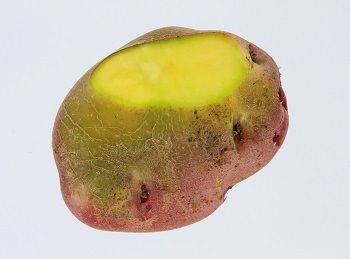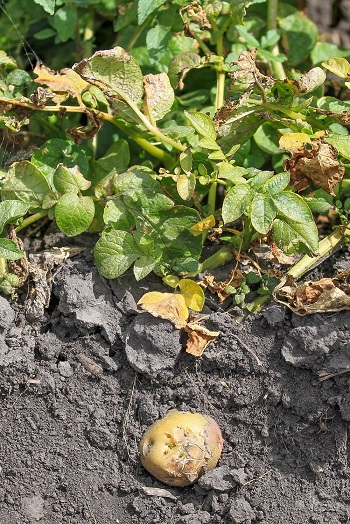Title
From Garden to Table: My Potatoes Turned Green, Now What?
(FN1768, Revised Jan. 2022)File
Publication File:
FN1768: From Garden to Table: My Potatoes Turned Green
Summary
Potato tubers turn green when they are exposed to sunlight during growth or storage. The green comes from the pigment chlorophyll. Potato tubers exposed to light will become green naturally as the plant seeks to harvest the light.
Availability
Availability:
Web only
Publication Sections

